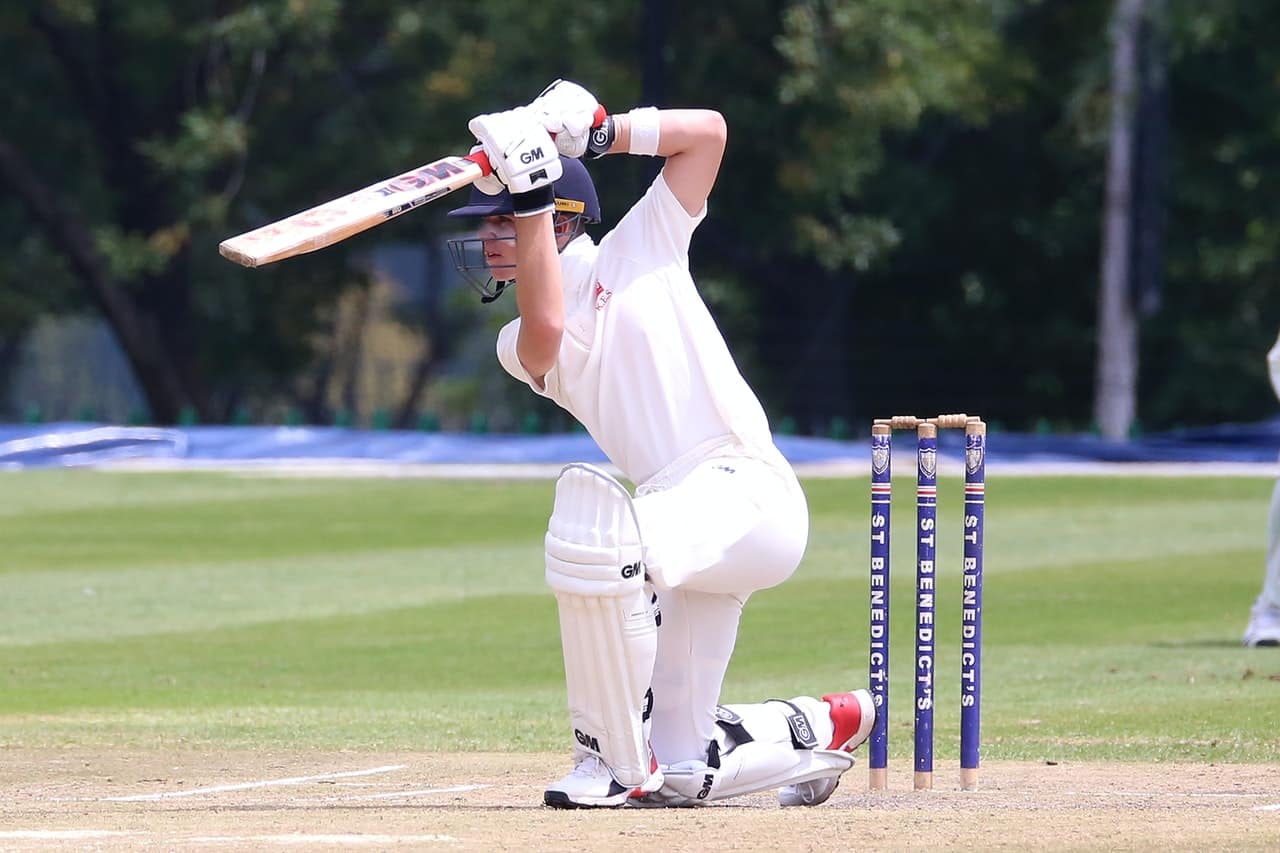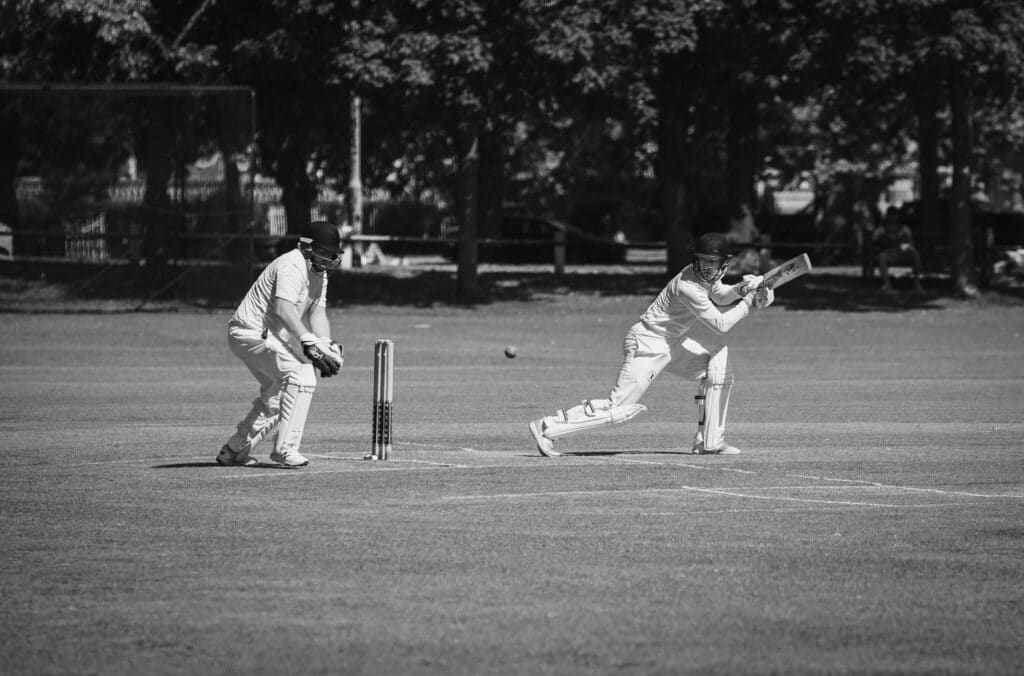What is the most common injury in cricket?
What we’ll cover
- Key insight:
- Common cricket injuries
- What factors contribute to cricket injuries?
- What can I do to prevent cricket injuries?
- What Should Cricketers Know About Physiotherapy and Recovery?
- FAQs on Cricket Injuries
- Does cricket cause more chronic injuries than acute injuries?
- What is the average recovery time for a cricket-related muscle tear?
What is the most common injury in cricket?
With the cricket season just around the corner, our physiotherapist Vernon Mittal identifies the most common injuries in cricket. Traditionally, cricket is a game played over a long period of time with short, sharp bursts of high-intensity activities. As a result, this can place dramatic increases and changes to the musculoskeletal system.
Whilst back related injuries associated with bowling have been common among cricketers, the increase in shorter forms and increasing participation in junior cricket from boys and girls has increased the risk and likelihood of other musculoskeletal injuries.
Key insight:
- Most common injury: Low back pain from stress fractures, especially in fast bowlers due to repetitive spinal loading.
- Other frequent injuries: Shoulder pain (rotator cuff strains, impingement), hamstring and calf strains from sprinting, and side (abdominal) strains from bowling and throwing.
- Key risk factors: Overuse, poor bowling/throwing technique, sudden workload increases, and younger players with immature bones.
- Prevention strategies: Strengthen the rotator cuff, core, glutes, and hamstrings; manage bowling loads; build both aerobic and anaerobic fitness with pre-season training.
Common cricket injuries
According to Australian Institute of Health and Welfare, approximately 580,000 Australians aged 15 and older participated in cricket, leading to around 1,000 hospitalisations due to injuries related to the sport, comprising 960 males and 64 females. For individuals in this age group, the rate of hospitalisation was roughly 155 per 100,000 participants.
Cricket injuries most commonly affect the lower back, thighs, shoulders, and hands. These injuries can be categorized as direct or indirect. Direct injuries result from impacts with the ball, bat, or ground, while indirect injuries are typically caused by repetitive movements leading to muscle overuse. Fast bowlers experience the highest injury rates, followed by batsmen.
There is also a study from PMC that highlights fast bowlers are at a higher risk of hamstring injuries compared to other roles, particularly in First Class cricket. Playing in Australia increases the risk due to larger fields, which may allow for higher running speeds. Previous hamstring injuries also significantly increase the risk of future injuries.
- Low back pain: is common in fast bowlers due to repetitive spinal loading. Stress fractures or stress reactions occur when the lumbar spine is overloaded during bowling. Symptoms include lower back stiffness and pain, especially during backward movements. Treatment includes rest, core strengthening, and gradual return to bowling.
- Shoulder pain: Throwing and bowling place repeated stress on the shoulder. Common injuries include rotator cuff strains and shoulder impingement. Cricketers may feel pain when throwing or bowling at high intensity. Strengthening the rotator cuff and improving shoulder control can reduce injury risk.
- Hand: Hand and wrist injuries in cricket are mostly caused by impact from the ball, leading to fractures, dislocations, and sprains. Wicketkeepers are especially vulnerable to these injuries. Finger injuries are the most common, often requiring splinting and compression to reduce swelling. Physiotherapy plays a crucial role in preventing excessive joint stiffness and restoring normal movement.
- Hamstring or calf strains: occur during sprinting, sudden stops, or quick direction changes. Players feel sharp pain in the back of the thigh or calf. Warm-ups, hamstring strengthening, and flexibility work help lower the risk.
- Side strains – abdominal muscles: Side strains affect the oblique muscles during bowling and throwing. Pain is felt on one side of the abdomen during twisting or bowling actions. Rest, core stability exercises, and gradual return to movement are key to recovery.
What factors contribute to cricket injuries?
Workload:
Being a repetitive sport, cricket is no different to injuries associated with overuse or from being overzealous. Muscles, joints and bones require gradual time to adapt positively to increased stresses and strains. This includes both short term recovery between sessions and games as well as gradually increasing load from week to week. It is important to monitor workload especially the number of deliveries over longer periods of time. In particular, we know that the risk of injury from overload is most likely to present 2 – 3 weeks following a dramatic increase.
Age:
Depending on the maturity of the skeletal system, bony related injuries such as stress fractures of the back and spine are more likely to occur in junior athletes. The skeletal system does not fully mature until the mid 20s which makes junior cricketers at a higher risk of developing bone specific injuries such as stress fractures.
Technique and biomechanics of bowling and throwing:
Bowling and throwing is an asymmetrical movement that loads up multiple areas of the body from the upper limb all the way through to the ankle. Different bowling techniques and styles place differing amounts of stress throughout the body. Often these techniques can be based on strength, flexibility, previous injuries and your body’s natural shape and build.
What can I do to prevent cricket injuries?
Simple strategies that can reduce the likelihood of injury associated with cricket include targeting key cricket muscle groups and building up a fitness base during preseason. Specific muscle groups to target for cricket include the shoulder rotator cuff and core and gluteal muscles.
The other important aspect to cricket pre-season is to build cardiovascular fitness base. Our team recommend a mixture of sessions aimed at the aerobic and anaerobic systems. The aerobic system is trained through relatively low level intensity exercises for long periods of time. Exercises suitable for this include jogging, cycling and rowing. Power exercises and shorter bursts are great ways to train the anaerobic system. Sprints can be performed over 20-40m to simulate cricketing activities such as running between wickets, running into bowl and chasing a ball in the field.
What Should Cricketers Know About Physiotherapy and Recovery?
A physiotherapist helps guide players through progressive rehabilitation that restores function, builds strength, and reduces the risk of re-injury. Tailored plans are adjusted based on individual needs and positions.
Our team at Malvern East Physiotherapy can provide cricket specific assessments and treatments of your injury. Our AxIT technology allow us to specifically assess your strength and flexibility as well as provide strength and conditioning in our onsite gym.
If you are unsure of where to start with your cricket preseason or are experiencing an injury related to cricket, book online or contact our team today.
FAQs on Cricket Injuries
Does cricket cause more chronic injuries than acute injuries?
Yes. Chronic overuse injuries such as stress fractures and tendonitis are more common in cricket due to repetitive motions. Acute injuries like sprains and fractures still occur, especially during fielding.
What is the average recovery time for a cricket-related muscle tear?
A minor hamstring or calf tear may take 2–4 weeks, while more significant injuries can require 6–8 weeks or longer depending on severity and rehab compliance.
Are wicketkeepers at high risk of hand and finger injuries compared to other players?
Absolutely. Wicketkeepers frequently suffer finger dislocations, sprains, and bruising due to repetitive catching and impact with the ball, making protective gear and hand conditioning essential.


